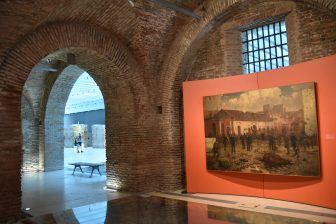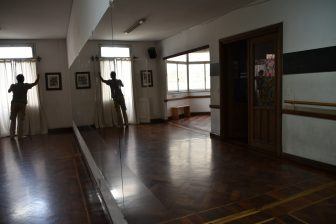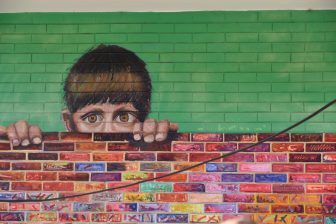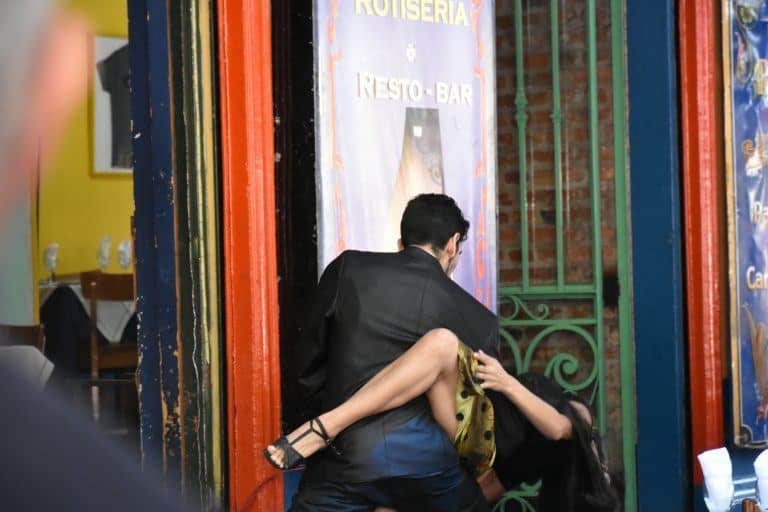
[ Mar.2018 ] La Boca in Buenos Aires in Argentina is still said to be dangerous to walk around away from 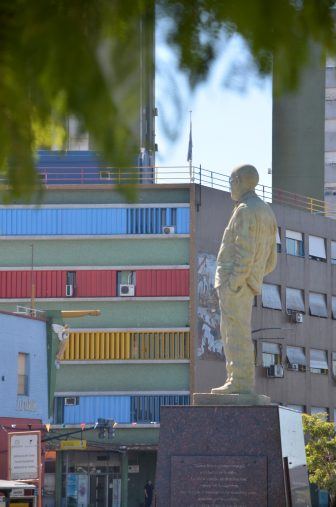
It was worse some time ago, when it was regarded as the lawless area, where even the police did not come in for about 50 years.
According to the guide of our walking tour, the situation improved due to a painter called Quinquela Martin.
Martin was found as a deserted child in La Boca in 1890, so even his birthday is not known.
He went to the evening painting classes when he was working during the day and started showing his talent.
At one point he won the second prize in one competition and that got him noticed, particularly by the president at the time and his wife.
Since 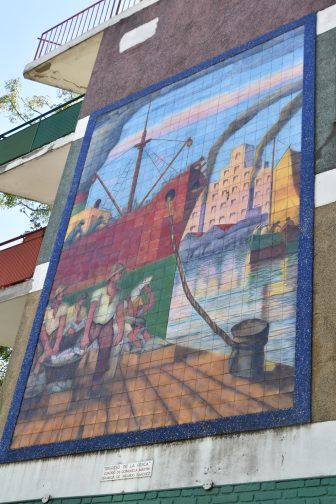
He mainly painted the life of the stevedores in La Boca in bright colours.
After becoming rich, he built schools and hospitals in this area to improve people’s lives and that was the beginning of the improvement of the environment here.
We saw a statue of him at the waterfront as well as his picture on a wall in one street.
A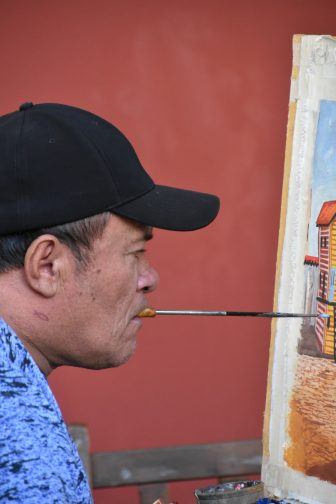
Currently, all the paintings and other works of art sold at the stands in Caminito street are all done by the local artists.
While we were walking there, we saw a disabled artist working with the paintbrush held in his mouth.
Talking about art, in the area away from Caminito, there are many interesting murals. Our guide was saying that murals are encouraged in order to prevent ugly graffiti.
In front of many restaurants in La Boca, we saw tango dancers here and there.
It was clear that those dancers were there to get the customers in, but they were very good and our tour group stood and watched one dancing couple for a while.
According to our guide, La Boca is the birthplace of tango.
He said that at the beginning of the 20th century, there was an imbalance between the male and female populations.
Apparently, for every one prostitute there were 9 men, who were mainly stevedores (he did not give a more general gender ratio).
So the men started fighting quietly by kicking the legs among themselves to get a woman and that was the start of the tango dancing.
So originally the female dancers are supposed to all be prostitutes and that is why they wear sexy costumes such as the skirt with the long slit.
Regarding the music, it is a mixture of many kinds of music brought here by the European immigrants, so there is no one origin.
In the 1940s, French people found this dance and music and took it back to France and that was when tango became largely accepted and starting becoming popular.
But even then, for a while many people frowned on it as an obscene dance.
Our guide who looked to be in his mid-30s said “I cannot dance tango”.
The people who can dance tango now are either old people or young people.
The reason for that is that because he grew up in the 1990s when democracy finally spread and globalization was the key word in this country. The tango was not seen to be trendy, so “I missed the chance to learn it” he said.


